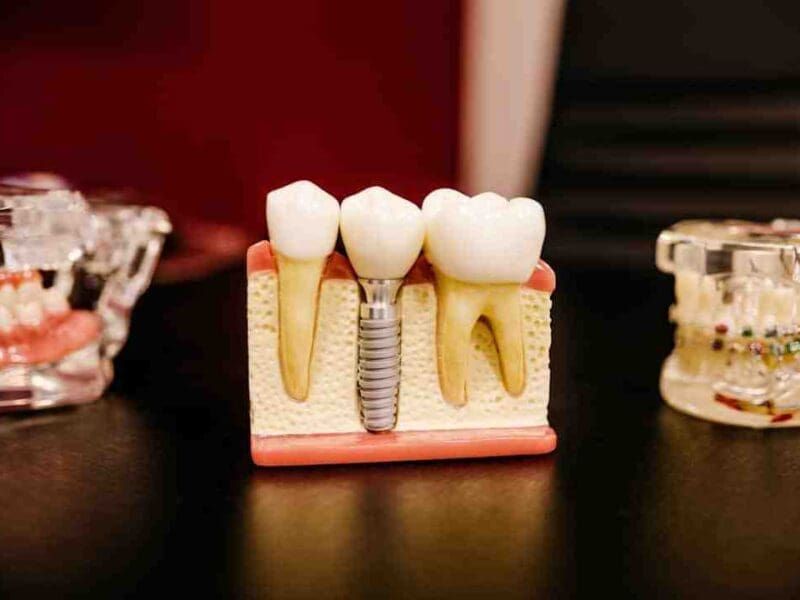
The Power of Early Detection: Preventing Cancer through Screening Methods
As the medical landscape continues to evolve, one constant remains – the importance of early detection in preventing the onset and progression of cancer. It’s not hyperbole to state that timely detection can be a lifesaver. Over the years, a range of screening methods have been developed to identify cancerous cells at an early stage when they are more manageable and the prognosis is generally better. In this piece, we shall explore the power and potential of early detection in the fight against cancer with the Best Cancer Hospital in Hyderabad.
A Stitch in Time: The Science of Early Detection
In the realm of cancer prevention, early detection stands as a beacon of hope and a tangible strategy to reduce mortality rates. Scientific evidence suggests that identifying cancer in its initial stages can substantially increase the chances of successful treatment.
When cancer is caught early, it is generally localised and has not spread to other parts of the body. This means that treatments can be more focused and less aggressive. Moreover, early detection can also lead to better quality of life post-treatment, with less physical and emotional distress associated with advanced cancer stages.
Bridging the Gap with Screening Programs
The cornerstone of early detection is a robust screening program. Such programs aim to identify individuals at higher risk and promote regular screening tests. These include mammograms for breast cancer, Pap smears and HPV tests for cervical cancer, and colonoscopies for colorectal cancer, among others. Let’s take a closer look at how these methods contribute to the early detection of cancer.
Mammograms
Mammography is a specific type of imaging that uses low-dose X-rays to detect abnormalities in the breasts. This screening tool has proven to be instrumental in identifying breast cancer at an early stage, often before symptoms manifest. Regular mammograms can help detect tumours that are too small to be felt and can pinpoint changes in the breast that might indicate cancer.
Pap Smears and HPV Tests
The Pap smear test is an essential tool for the early detection of cervical cancer. It can identify changes in the cervical cells that might become cancerous in the future. When coupled with HPV testing, which identifies the presence of high-risk types of human papillomavirus (a major cause of cervical cancer), it can offer a potent strategy to prevent cervical cancer through early intervention.
Colonoscopies
Colonoscopies allow for the visual examination of the colon to identify any abnormal growths or polyps that may potentially develop into cancer. This screening method not only helps in detecting cancer early but can also prevent cancer by enabling the removal of precancerous polyps during the procedure.
Personalised Approach: Genetic Testing and Risk Assessment
Apart from regular screening methods, there is an increasing emphasis on a personalised approach to cancer prevention. Genetic testing can identify individuals who are at a higher risk of developing certain types of cancer due to familial history or genetic mutations. In such cases, personalised risk assessment can guide the frequency and type of screenings, thus potentially detecting any abnormalities at the earliest possible stage.
Spreading Awareness and Encouraging Participation
Despite the availability of these screening methods, a significant section of the population is either unaware of them or hesitant to participate. Hence, it is crucial to foster a culture of awareness regarding the power of early detection. Community programs, media campaigns, and healthcare provider recommendations can play vital roles in encouraging people to take part in regular screenings.
The Road Ahead: Innovations and Developments
Looking ahead, we can anticipate further innovations in cancer screening methods. Advances in artificial intelligence and machine learning are paving the way for more accurate and early diagnosis. Moreover, research is ongoing to develop blood tests, also known as liquid biopsies, that can detect cancerous cells circulating in the blood at a very early stage.
There is also an increasing focus on minimising the invasiveness of screening methods, thereby enhancing the comfort and ease of these procedures. Innovations like 3D mammography and improvements in imaging technologies are steps in this direction, offering more detailed views and potentially increasing detection rates.
Conclusion
In conclusion, the power of early detection in preventing cancer cannot be overstated. Screening methods like mammograms, Pap smears, and colonoscopies have proven to be valuable tools in the fight against cancer. As we move forward, it is essential to continue promoting these screening programs and to invest in research from the Best Cancer Hospital in Vijayawada that can further enhance their effectiveness.
Equally important is the cultivation of awareness and the fostering of a proactive approach to health and well-being. Early detection is not merely a clinical strategy; it is a collective responsibility, a societal commitment to safeguarding the health of communities around the globe. Through concerted efforts and an unwavering commitment to early detection, we can indeed make strides in reducing the burden of cancer and moving towards a world where cancer is detected early and treated successfully.
Remember, when it comes to preventing cancer, the early bird not only gets the worm but also stands a fighting chance to live a long, healthy life. Embrace the power of early detection; it might just save a life – possibly your own.







